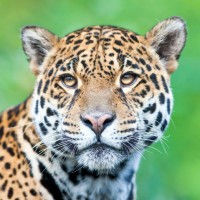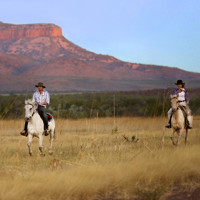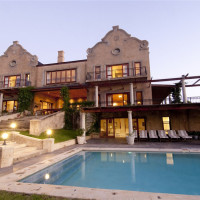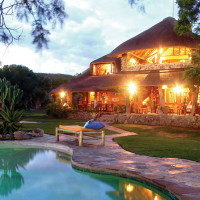The jaguar is the third biggest of the world’s big cats, measuring up to 2.4 metres (8 feet) from nose to tail. These secretive felines lurk in the rain forests of Central and South America, particularly in the Amazon basin. Unlike other cats, jaguars are good swimmers and prey on fish, turtles and caimans (small reptiles), as well as deer, cows and tapirs. They sometimes climb trees and ambush their unsuspecting prey from above. Jaguars are nocturnal hunters and were revered as gods of the night in some Native American cultures. Now they are hunted illegally for their fur, which is orange and spotted with black rosettes.
Crib Notes:
- Jaguars are largely solitary.
- Jaguars mark their territory by clawing trees.
- The name jaguar comes from the Native American word yaguar, which means ‘he who kills with one leap’.
Time of year: The Amazon jungle is hot and humid all year round, but best after the rains, from May until September.
Destination: Thanks to the opening of the Boca Manu airstrip, the national park can be reached in less than two hours from Cuzco. Until recently, visitors had been unable to stay within the park, instead having to hike in from camps on the outskirts each day. Now there’s an altogether more comfortable option: Romero Rainforest Lodge, which has just opened on a bank of the Manu River, with eight thatched bungalows and wildlife, quite literally, on the doorstep. Crees, a non-profit-making research organisation operating out of the Manu Learning Centre, offers biologist-led group tours into the park, incorporating stays at the lodge. Guests can venture out in search of black caiman (a crocodile-like reptile) and peccaries (wild boar) on a trail that runs through the park.
Price Guide: From US$1,860 per person for five-night ‘Complete Manu Biosphere & National Park Experience’. To book contact Crees (020 7581 2932; www.crees-manu.org)





